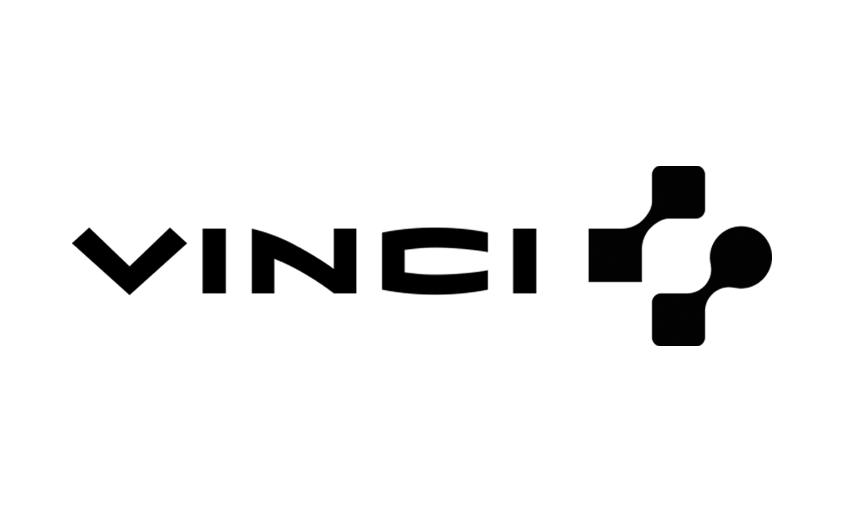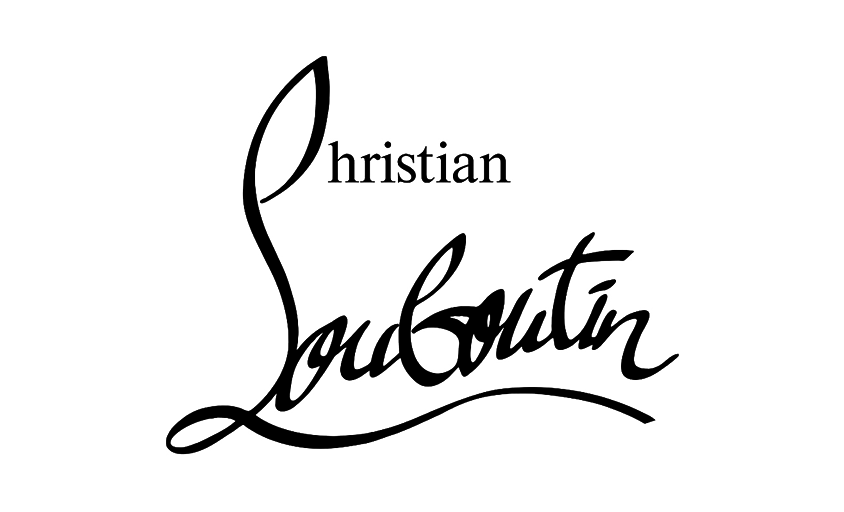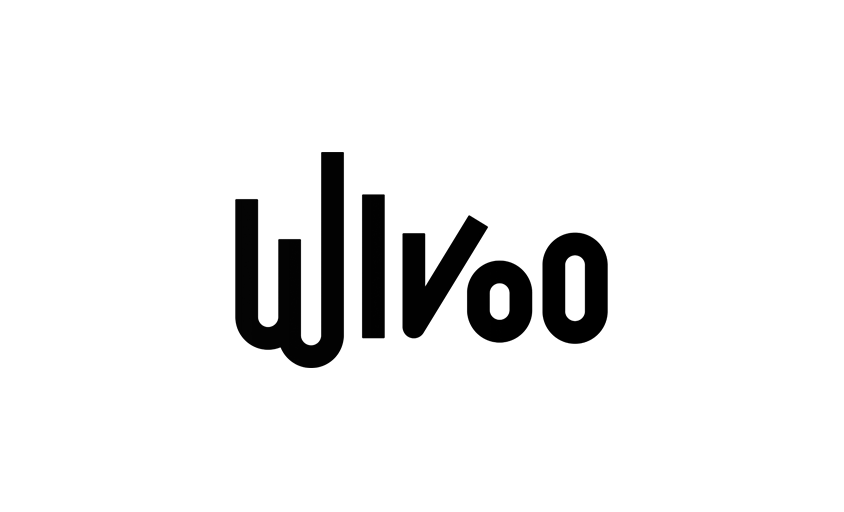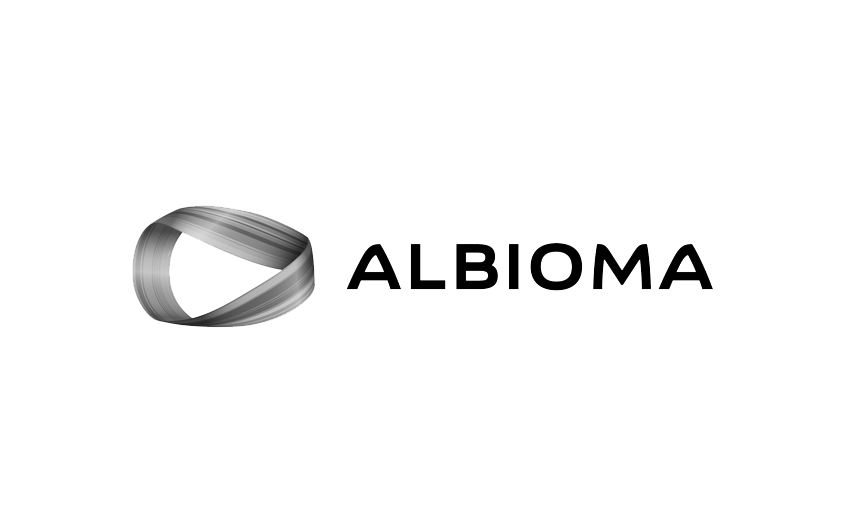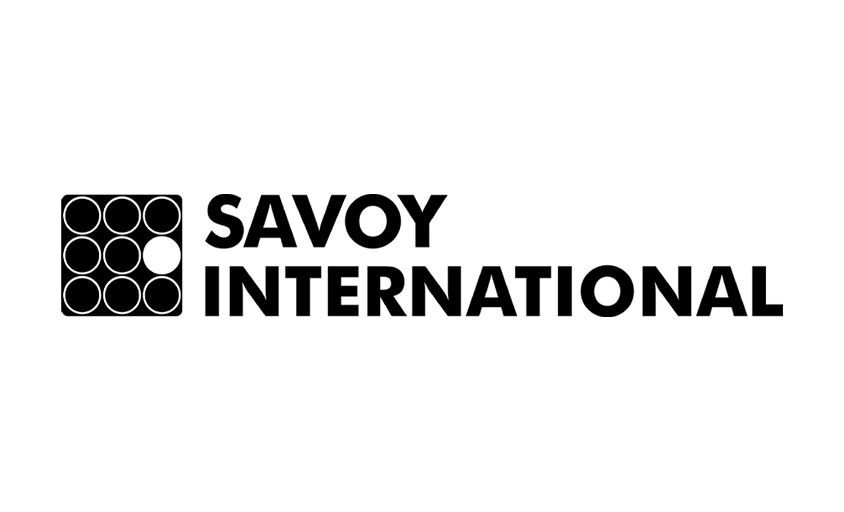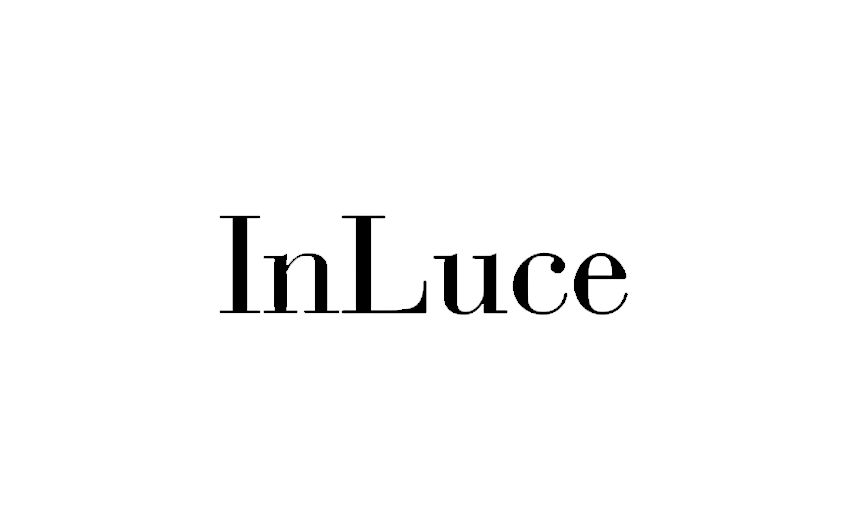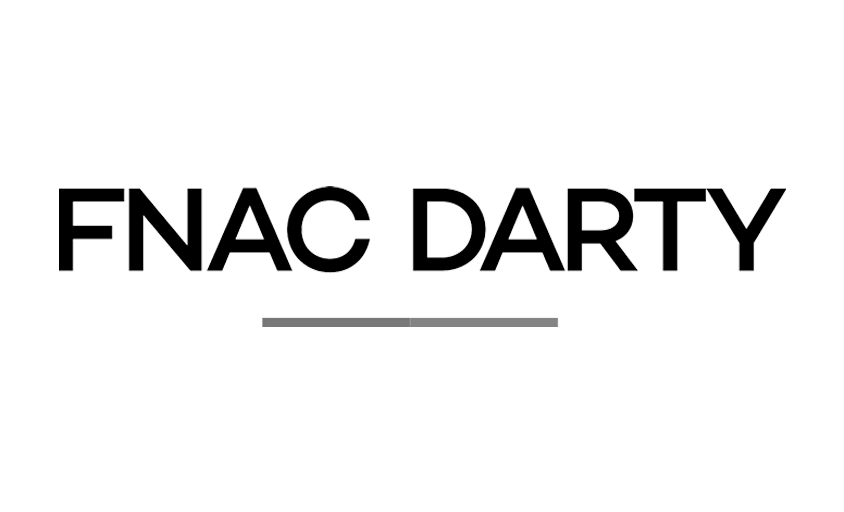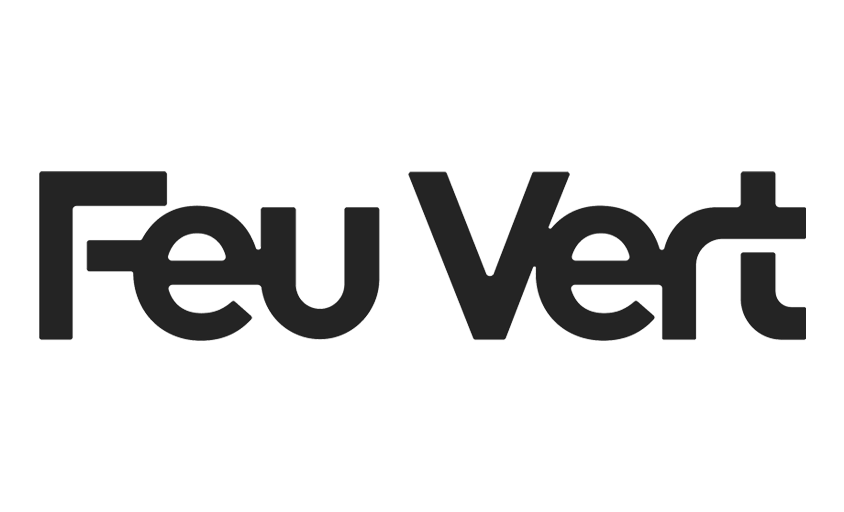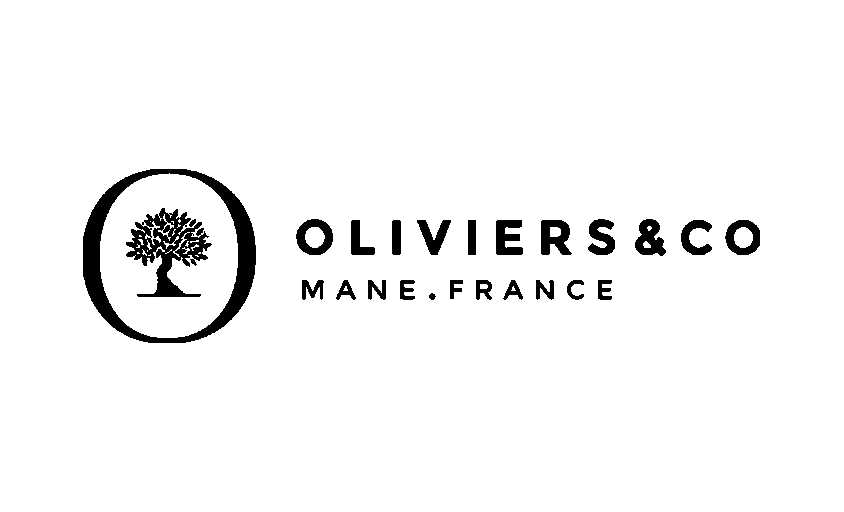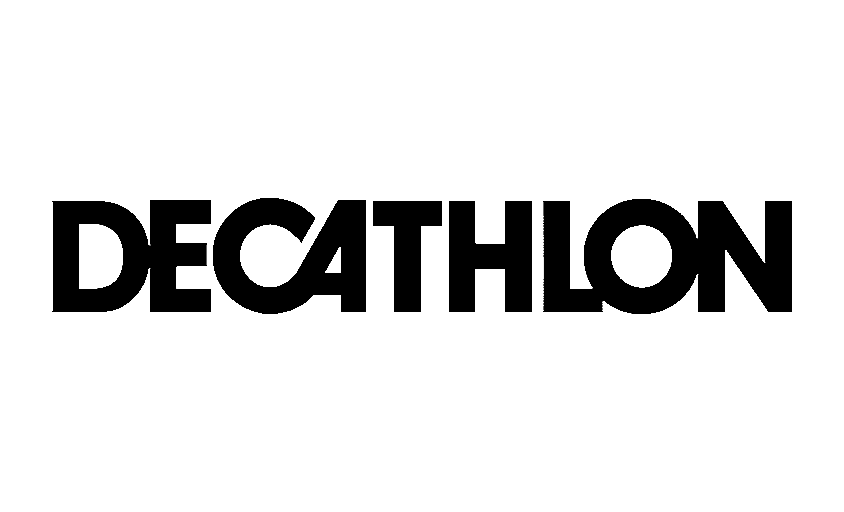Editing tools, essentials in photo post-production
In this article :
In the field of photo post-production, retouching tools play a central role. These software and accessories enhance images, correct imperfections, and bring photographers’ creative visions to life. In this article, we explore the various tools available to both professionals and amateurs, highlighting their features and advantages.
Why Retouching Tools Are Essential
In photography, capturing a beautiful image is just the first step. Post-production, which includes retouching, is a crucial phase to achieve the best possible final result. Retouching tools allow for adjustments such as white balance, color correction, fine-tuning shadows and highlights, and removing unwanted elements. They are thus an essential part of equipment to faithfully translate the photographer’s artistic intent.
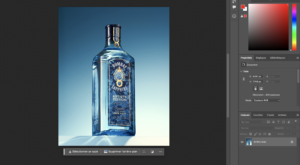
The Different Types of Retouching Tools
Retouching tools come in several categories, ranging from physical accessories to advanced software. Here are the main types available on the market:
-
Gray or Color Charts
These accessories are essential for ensuring color consistency between shooting and retouching. The gray chart, such as the well-known X-Rite ColorChecker, serves as a reference for calibrating the camera and screens, ensuring faithful color reproduction. These tools provide a solid foundation before even opening a retouching software.
-
Retouching Software

Software tools are at the heart of photo post-production. Several solutions exist, each with its own specific features and audience (especially the Adobe suite). Some of the most popular options include:
- Capture One: Preferred by professionals for its advanced color management tools and clean interface. This software is ideal for photographers who seek precise control over their images.
- Adobe Lightroom: An essential reference for quick editing and photo organization.
- Adobe Photoshop: Known for its advanced retouching features, ranging from photo manipulation to detailed corrections.
- DxO Photo Lab: Excellent for optical corrections and automatic adjustments based on predefined profiles.
- The Gimp: A free, open-source alternative offering extensive possibilities, although its interface may seem less intuitive.
How to Choose the Right Retouching Tools
The choice of tools primarily depends on your needs and level of expertise. For beginners, software like Lightroom or DxO Photo Lab offers intuitive interfaces and automated functions that make the initial stages of post-production easier. More advanced or professional photographers may prefer Capture One or Photoshop for their flexibility and advanced options.
Accessories like color charts remain essential for everyone, regardless of skill level, as they ensure color accuracy, which is crucial in many contexts, such as product or fashion photography.
Integrating Retouching Tools into Your Workflow
Effective workflow management is crucial to getting the most out of your retouching tools. Here are a few key steps:
- Initial Calibration: Use a color chart to calibrate your camera and monitor.
- File Organization: Import your images into a software like Lightroom to organize and apply basic presets.
- Advanced Retouching: Move to Photoshop or Capture One for more complex modifications, such as skin smoothing or color manipulation.
- Export and Backup: Ensure you save your files in formats suited for their final destination (web, print, etc.).
Conclusion
Retouching tools are at the heart of photo post-production, transforming a good image into an exceptional one. Whether you’re a beginner or a professional, it’s essential to choose the right tools and integrate them intelligently into your workflow.
Jérémy Carlo is the editorial director at Rétines, where he ensures the consistency and clarity of all content produced by the studio.
Our Clients
Let’s discuss
What we do for you at Rétines
Meticulous work, an organised project and fast delivery. And to achieve this, we mobilise the right resources in our teams at the right time.
01
Pre-production
Artistic and technical direction tailored to the project.
Relevant recommendations on content, form and resources.
02
Photo Shooting
Photos taken by our experienced photographers.
Production that’s controlled, efficient and tailored to the needs of the project, with nothing superfluous.
03
Retouching
Technique
Photographs magnified by our retouching team.
Post-production to meet the commercial challenges of the brief.

